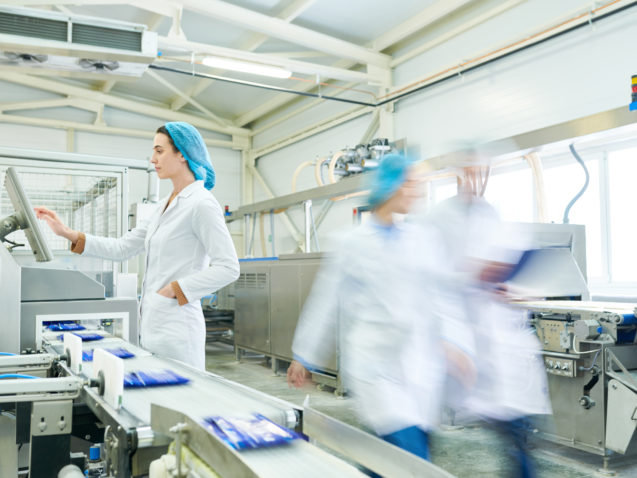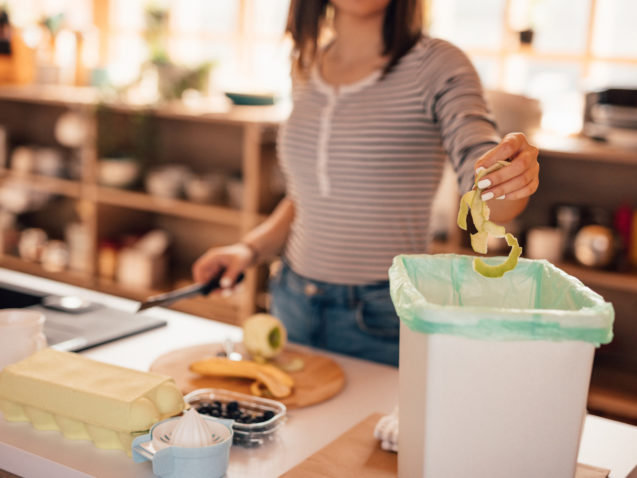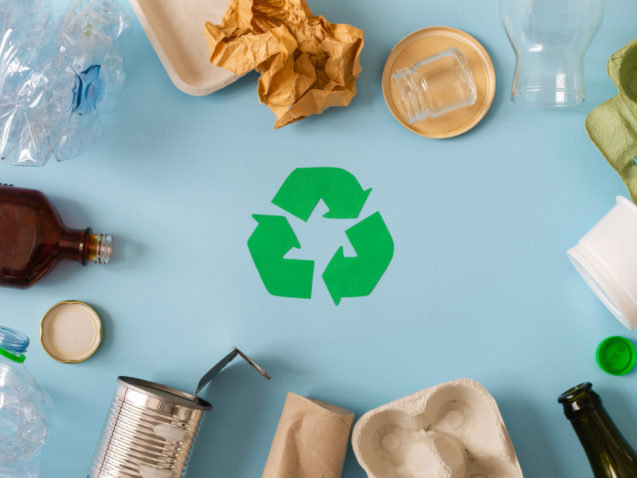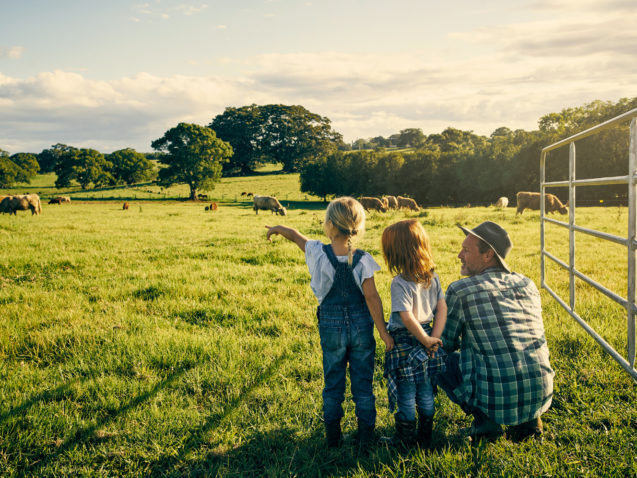Over the past fifty years, while the global population doubled, the food supply chain has risen to the challenge of providing safe food and drink from all corners of the globe, at affordable prices. It did it through pioneering technological solutions – including more productive agriculture, improved transportation, refrigeration, product formulation and packaging.
But it is concerning to read some estimates showing that if society continues to produce and consume as it does today, we will need resources from the equivalent of almost three planets to sustain our lifestyles in 2050. This is why the new European Commission’s Circular Economy Action Plan is so important.
The food and drink industry, with all of its ingenuity and expertise, will be an essential partner in helping to find and scale solutions to use resources more efficiently, prevent waste, cut pollution and keep raw materials and products in use for longer.
Together, we can deliver on the EU climate neutrality target by 2050 and transition towards a more sustainable and circular economy. Crucially, we need to do it while also responding to Covid-19 by supporting businesses and jobs across the food supply chain. As Europe’s biggest manufacturing sector, we can help re-start the economy.
As to our green ambitions, we are already working with value-chain partners, as part of the Circular Plastics Alliance, to ensure 10 million tonnes of recycled plastics make their way into new products by 2025, we’ve committed to contribute to halving food waste by 2030, and we fully support the EU’s 2050 climate neutral goal.
For the industry to deliver on the Circular Economy Action Plan ambition, we are asking policy makers to consider five essential elements:
1: Put safety first
Any measures under the Circular Economy Action Plan, particularly concerning packaging, should be evidence-based and follow a lifecycle approach that avoids negative trade-offs. One of the key functions of packaging is to keep food safe. Not only that, it also helps extend product shelf life, prevent food waste and provide key information to consumers. Our members are working to reduce packaging to a minimum, cut plastic pollution and support the improvement of packaging design to improve its recycling and reuse – but safety must never be compromised.
2: Improve waste management and recycling capacity
To keep materials in use for longer, the EU must invest significantly to support the development of collection, sorting and recycling capacity across the EU. As governments invest to rebuild their economies, they too need encouragement to invest in circularity, with collection rates one key area to improve. An EU framework for minimum requirements for separate waste collection should be developed and Extended Producer Responsibility schemes should be enhanced to increase packaging waste collection and sorting. Rules should also be established for the safe recycling of plastic materials other than PET into food contact materials. To play our part, food and drink manufacturers need to access safe and affordable recycled packaging materials for our food and drink products.
3: Empower consumers to act
Consumers should be empowered to play a role in the circular economy. Product environmental information should be reliable and credible, and unfounded environmental claims must be prevented – we urge policymakers to establish a coherent and harmonised framework for the voluntary use of Product Environmental Footprint (PEF) information in product environmental claims and to provide adequate support for the use of PEF to ensure a level playing field. We also support the development of a harmonised information provision scheme and an EU-wide communications initiative about proper sorting of packaging waste and zero littering.
4: Enhance food waste reduction
Our industry has committed to support the implementation of the United Nations Sustainable Development Goal Target 12.3 to halve food waste by 2030. Efforts need to be fostered and shared among all actors of the food supply chain, in alignment with the ‘food waste hierarchy’. We also urge policymakers to verify the reliability and comparability of data reported by Member States on food waste before further legislative measures are taken.
5: Ensure coherence across EU Green Deal and Covid-19 recovery
While we maintain our full support for the Commission’s circular economy ambition, its plan must also compliment recovery efforts to support businesses and jobs that have been hit by the coronavirus pandemic. Small and medium sized businesses make up 99% of the food and drink sector and it is these businesses that are feeling the effects of Covid-19 most acutely, in particular those supplying to the hospitality, tourism and leisure sectors.
The Circular Economy Action Plan should also be implemented in coherence with other key EU policy initiatives, particularly with the other parts of the European Green Deal, such as the Climate Law, the Farm-to-Fork strategy and the Biodiversity strategy. Our members need certainty that their investments into packaging circularity, for instance, will not be undermined. Policy and regulatory changes need to be ambitious and forward looking, while allowing every sector and economic operators to adapt – leaving no one behind.
For more detailed thoughts on how we see the Circular Economy Action Plan read our long-form paper here and our one-pager here.
To see how the circular economy fits into our vision for more Sustainable Food Systems, see our pathway to more sustainable food systems paper here.






